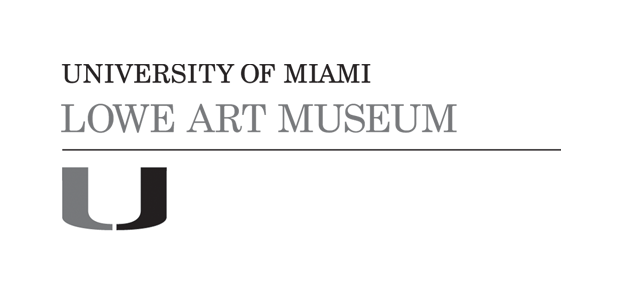Dance Headpiece (Chi Wara)
Artist/Maker
Bamana people
(Mali)
Date20th century
CultureBamana
Mediumwood, pigment, shell buttons, glass beads, cotton string, plant fiber, raffia and wicker
DimensionsOverall: 26 1/2 x 9 5/8 x 9 3/4 in. (67.3 x 24.4 x 24.8 cm)
ClassificationsCostumes and Accessories
Credit LineGift of Alan Potamkin
Terms
Object number2007.48.97
On View
Not on viewCollections













